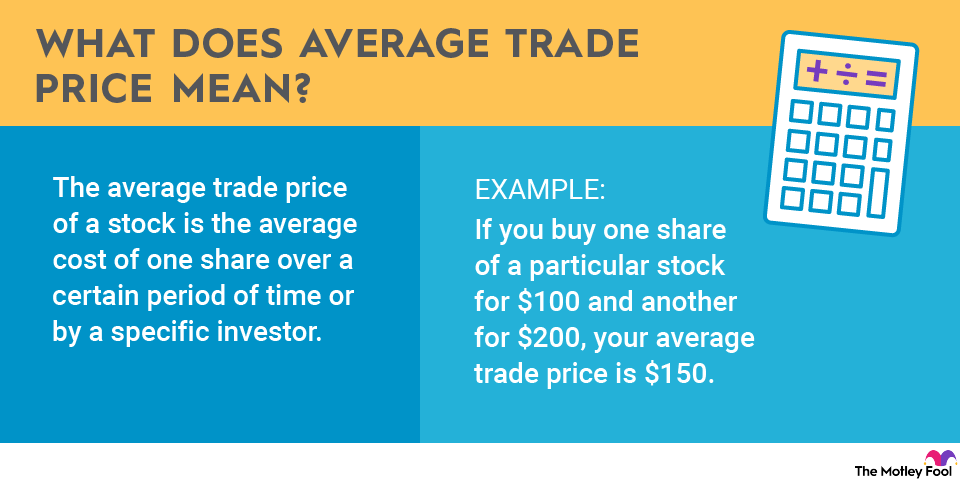Being an investor means learning a whole new language -- and new ways to look at your investments. One of those informative terms, annualized return, can help you examine your investments to decide if they're still worth having, or if it's time to say goodbye.

What is an annualized return?
An annualized return is one way to examine how an investment is performing. When you calculate an annualized return, you're looking at how the investment has performed each year over a specific period of time, if the annual return was compounded. This can help you better compare two investments, if they're of similar maturity and in similar industries.
For example, while you can compare a start-up to a mature company using annualized returns, it's not really comparing apples to apples, since start-ups have more room for immense growth than mature companies. But, if you compare two start-ups of similar maturity using this metric, you can easily see which one is performing better for you.
How to calculate an annualized return
Annualized returns are not difficult to calculate, and you can calculate them over various periods to better understand how your investment is doing. For example, instead of calculating for a wider period, you could look at it one year at a time to see how consistent your returns are.
Here's the basic formula, where n is the number of years of the investment:
Annualized Return = (((Final Investment Value\Beginning Investment Value)^(1/n)) - 1) * 100
An example of how this would work would go like this. Let's say you bought stock in XYZ, Inc. five years ago, and it was $10 per share when you purchased it. Five years later, it's now worth $75 per share (way to go!). Here's how we'd calculate the annualized return over that five-year period.
AR = (($75 / $10)^(1/5) - 1) * 100
AR = ((7.5)^(1/5) - 1) * 100
AR = (1.496 - 1) * 100
AR = 0.496 * 100
AR = 49.6%
You did OK on that one. But what if you wanted to see how consistent the returns were over those five years?
You use the same formula, but instead of over five years, just look at one year at a time. Below is a chart of how your stock performed across that five-year period.
Start Price | End-of-Year Price | Annualized Return | |
|---|---|---|---|
Year 1 | $10 | $25 | 150% |
Year 2 | $25 | $30 | 20% |
Year 3 | $30 | $55 | 83.3% |
Year 4 | $55 | $72.50 | 31.8% |
Year 5 | $72.50 | $75 | 3.5% |
From this analysis, you can see that while your stock has done well overall, it didn't do it very consistently. For some investors, this might be a red flag, and a stock they might want to let go, especially since the annualized returns have been decreasing since the first year.
Annualized returns versus cumulative returns
Although annualized returns can be calculated using cumulative returns (with a formula we didn't discuss), they are not the same. Annualized returns, as stated above, are how well your stock has performed during a set period of time, assuming that any gains were compounded back into the investment.
Cumulative returns, on the other hand, are a flat calculation of how well the investment has done since the initial investment, not including any effects of compounding. It might sound like a small difference, but compounding can have remarkable effects at times, and that makes it very important to differentiate between the two measurements.
Related investing topics
Why do annualized returns matter to investors?
Annualized returns are just one of many ways investors can evaluate their investments, but it's also a good way to compare two investments to one another on equal footing, if they're also similar in other respects, like the company's maturity. When you're trying to maximize your returns, it pays to do some simple analysis once a year just to see how everything stands. Trading one mediocre investment for a few high producers can help you grow your portfolio.
Another way you can use annualized returns is to balance your portfolio. You may want some investments that aren't such huge gainers, but that produce steady returns year after year without fail. This might be something simple like a certificate of deposit (CD) or a bond, or it could be a less volatile stock like a very mature food manufacturing company or a real estate investment trust (REIT).
Those steady gains may be slow, but they're very good at continuing to provide in all times and all markets. Depending where you are in your investment journey, a sure thing may look a lot better than a riskier option.



















